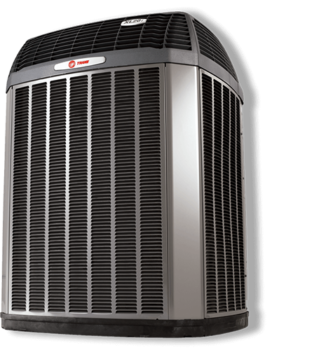Programmable thermostats offer homeowners an easy way to save energy while maintaining a comfortable home environment. Use these tips to program your thermostat to save energy through the cooling season, and all year long.
- You can save about 1 percent cooling costs for each degree you turn up your thermostat (and turn down for heating) from your normal comfort setting for eight hours a day, according to the federal Energy Savers program. That translates to about 5-7 percent savings if you turn up the thermostat 5 degrees for that period during a typical workweek.
- Programmable thermostats provide homeowners a “hold” feature to make temporary temperature changes separate from your energy-saving program. This feature should be used sparingly because it nullifies the energy-saving purpose of a programmable thermostat, and it’s better to make a habit of integrating energy-saving settings into your schedule rather than diverting from programmed savings.
- During our hot summers in South Texas, experiment with temperature settings when turning up your thermostat. While programming your thermostat 5 to 7 degrees above your normal comfort setting may ultimately save energy, if your A/C is sized properly it will struggle to return your home to your desired temperature when you get home, especially during very hot weather. The hardest time to cool your home is between 3 to 9pm. Setting a large temperature rise during the day will cause the system to not be able to lower the temperature back down until way into the night and may even cost you more in energy consumption than simply maintaining the temperature during the day would. Start by programming the energy-saving setting 1 to 2 degrees above your preferred temperature, and increase temperatures slowly over a few weeks to see what’s a realistic set-back temperature. During the cooler spring and fall times this setting can increase and during the heat of the summer it should decrease.
- If you’re purchasing a new programmable thermostat, be sure to choose a model that’s compatible with your cooling and heating systems. For example, air-source heat pumps, when in the heating mode, require a certain type of thermostat to bring a home to normal temperature slowly to prevent activation of the backup heating element.
- If your household’s occupants have different schedules, you should choose the seven-day thermostat, which allows a separate program for each day of the week. If you have a typical five-day workweek schedule, you may opt for the 5+2-day thermostat, which offers one weekday program and one weekend program.
For more details on how to program your thermostat to save energy, contact the HVAC professionals at Mathews CCAC Inc. in Corpus Christi.
Our goal is to help educate our customers in Corpus Christi, Texas about energy and home comfort issues (specific to HVAC systems). For more information about thermostats and other HVAC topics, download our free Home Comfort Resource guide.
Image courtesy of Shutterstock












